Whether it is taking one of the first US samples of the 24-70mm F2.8 DG OS HSM | Art above 13,000 feet in the Andes, or hiking up the Rockies with the 100-400mm to stalk Mountain Goats, not only knowing what lenses to pack for the assignment, but also knowing that the gear is going to be up to the task is a critical part of my decision-making process. In my outdoor world, conditions are often extreme, and editors demand photos, not excuses. I’ve proudly used Sigma lenses for years and even in the harshest conditions, these lenses always deliver the results I, my editors and the publication readership demands. Here’s the sort of situations I regularly find myself and my Sigma gear facing.
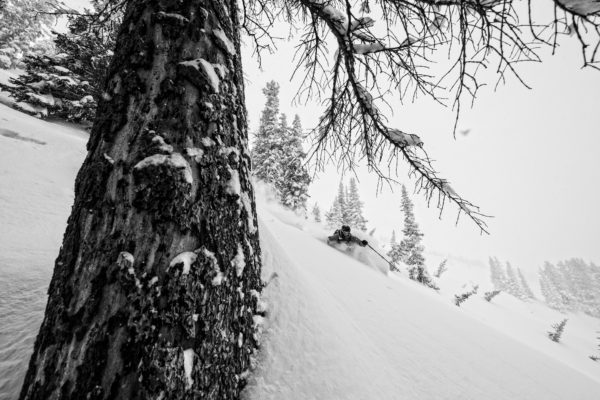
Its Feb 28th of last year and I find myself sitting in my truck atop Coal Bank Pass in southwest Colorado. It is snowing so hard that the snowplows that keep the road open are having a hard time keeping up. I have a four-wheel drive truck with snow tires so I am well prepared for the worst driving conditions possible.
On days like this choosing the proper gear is critical and my photo gear, like my truck, must be able to handle these severe conditions. I was working with two professional skiers and we were there to make high level professional photos that would be strong enough to for publication in today’s top ski magazines. These days “strong enough” is an incredibly high bar. Consider that today’s top 3 magazines have about 40-50 photo placements per year including cover, table of contents, gallery and assigned stories. That makes as few as 120 potential published photos out of tens of thousands submitted.

Sigma 70-200 f2.8 1/1600 sec. f/9 ISO 400 on Canon 1DX Skier TJ David © Liam Doran | 2017


For the moment, I will ignore the artistic and storytelling components necessary in a good shot and tell you that every shot must be tack sharp. And in conditions like the day on Coal Bank that is no easy task. So, which lenses were up to the task? That day I had the Sigma 12-24 f4A, 24-105 F4 A and 70-200 f2.8 lenses coupled with the Canon 1DX. The result? Three images made the cut and made it into print.
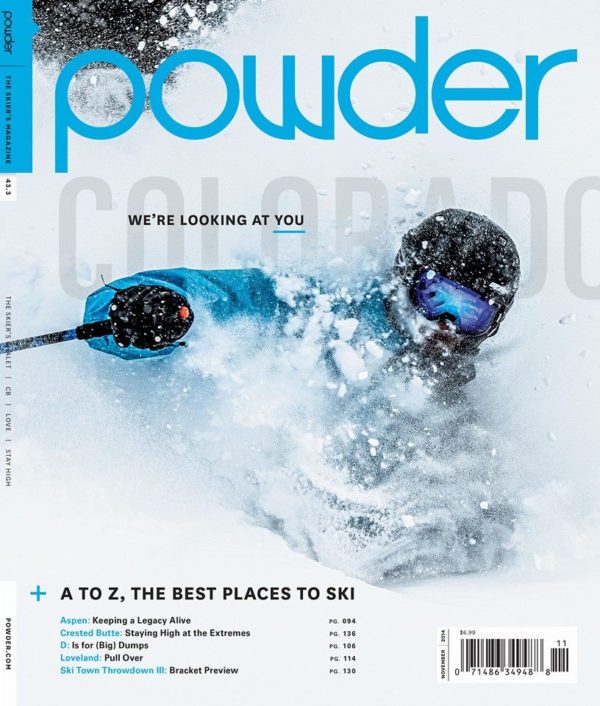
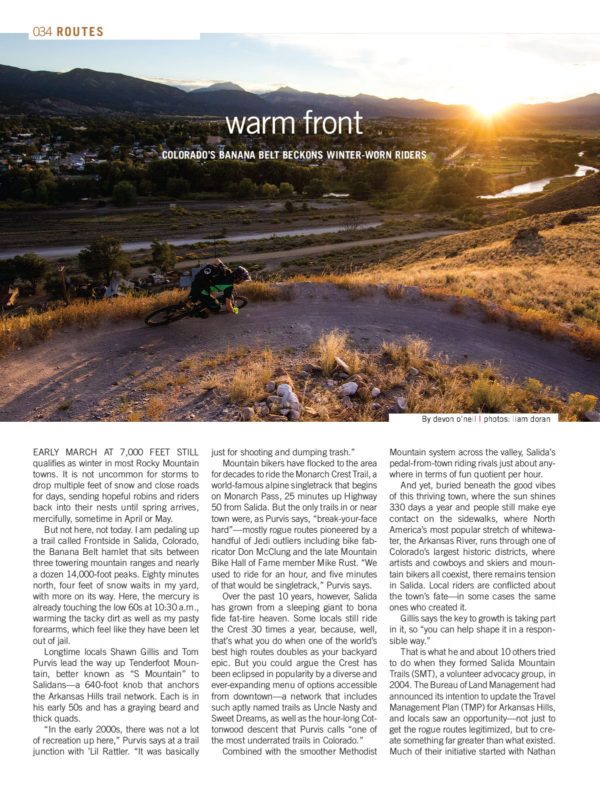
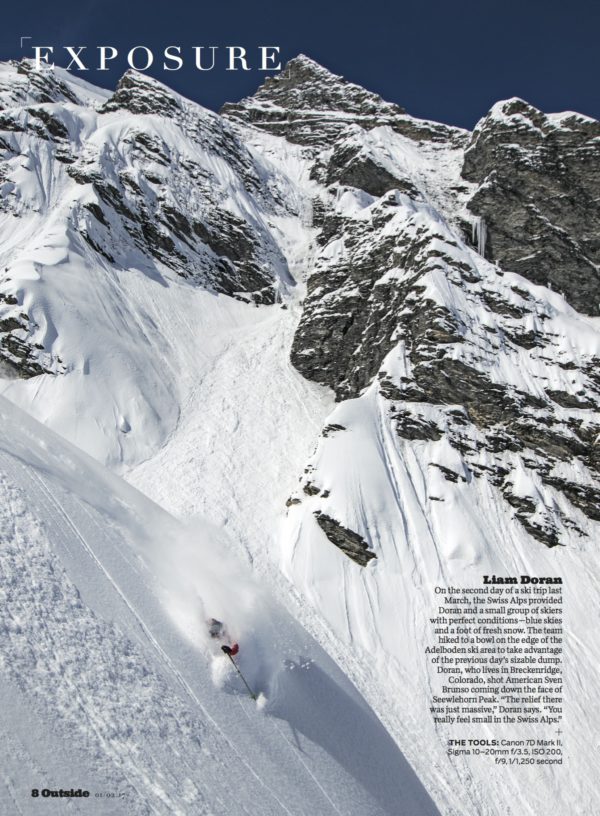
My shooting days are not always this severe, but even then, it’s still cold and wet or hot and dusty most of the time. My cameras and lenses are constantly going in and out of the pack and I change lenses in the field often. On calm days, I will change lenses in typical fashion but when its nasty out I try to do it within the confines of my photo pack. I also backpack with my photo gear. I have lens and body wraps from Clik Elite that I protect my gear with when everything in inside my backpacking pack, but regardless this can be tough on gear. Bottom line here is that my lens kit must stand up to some very serious use and abuse. The incredible build quality of my Sigma lens kit has never let me down.
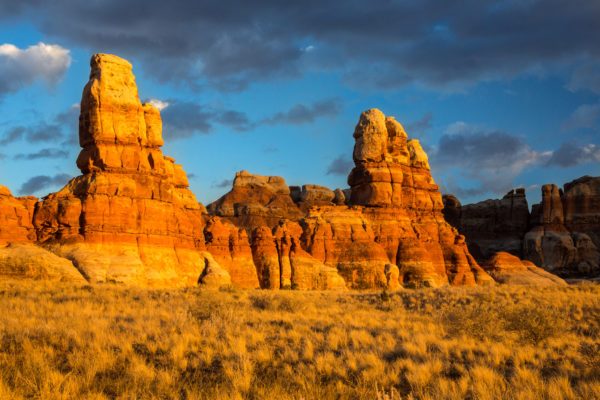
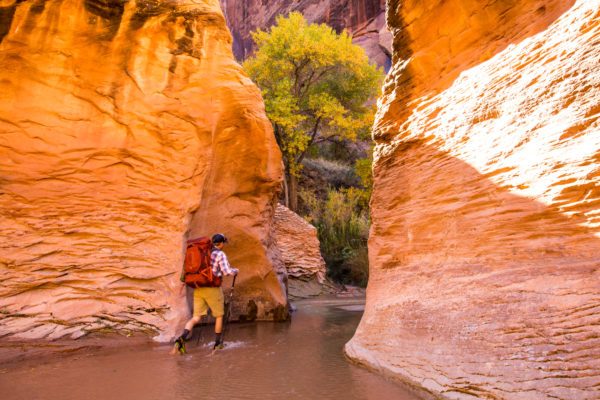
This summer I brought Sigma’s new 24-70 f2.8 A lens with me on a shoot in Chile and it performed very well. I am looking forward to having that lens in my pack for a variety of shoots. I also foresee bringing the 100-400 C lens with more this winter. There are a few shots I want to get that have me shooting skiers on distant ridges. The 100-400 combined with a crops sensor lens will really bring the action into reach. The 120-300 f2.8 S lens might be the sharpest lens I have ever shot with. Its not practical to bring this with me on a big day in the backcountry but whenever possible I’ll get this lens in the snow too.
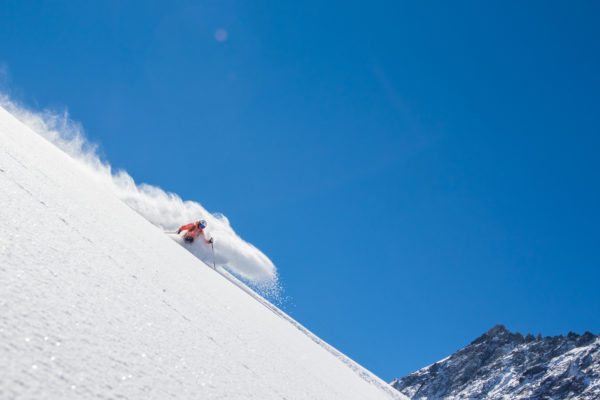
When it comes to gear I am not overly technical. I can’t tell you how many aperture blades a lens has or what kind of coatings are on the glass. What I know is what works and what does not. If a lens is not nailing focus time after time it will not be in my pack. I can’t afford to miss the shot, especially when the athletes and I often find ourselves in harm’s way.
What are the lenses Liam look to for big days outside?
12-24 f4A. Great for unique perspectives.
24-70 f2.8A Workhorse lens for all situations
24-105 f4 A another workhorse that I often use as a one lens solution.
70-200 F2.8 A must have lens for every ski and outdoor shooter.
100-400 4.5-5.6 C. Great when you need a compact powerful zoom.
For ski shooting Liam also includes, climbing skins, avalanche beacon, shovel, probe, extra layer, food, water, and more. All of this is packed into a Clik Elite Contrejour 40 2.0 pack.
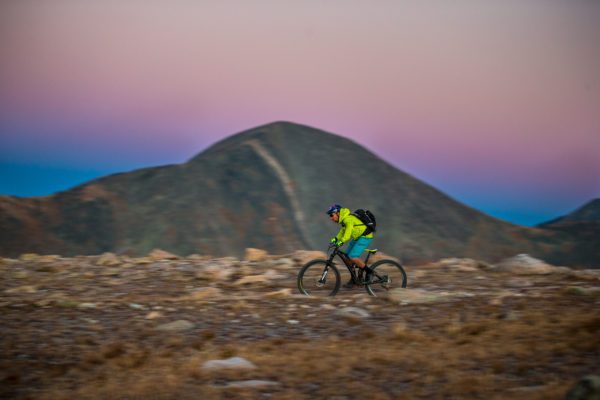
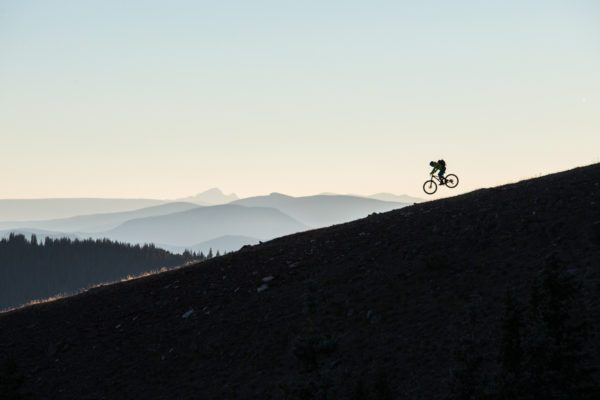
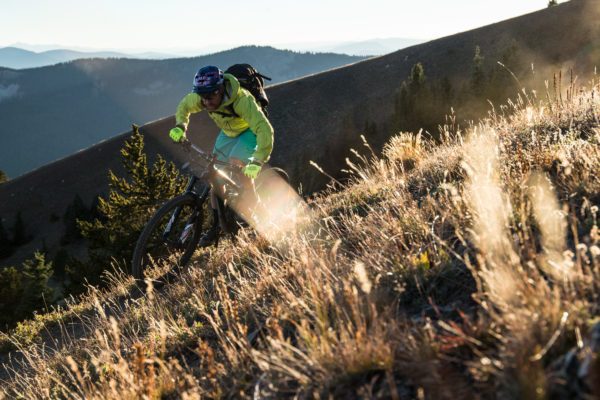
My Sigma kit has served me incredibly well in some heinous conditions. I rely on it for every shoot I go on because the autofocus is spot on and the build quality is excellent. For outdoor photographers on the go the combination of quality and price makes choosing Sigma a no-brainer. Pick one up today and never look back.

I have several Sigma lenses I have been using in some pretty extreme environments. I have the Sigma 50mm art , 18-35 art , 8-16 and the 180mm macro f/2.8 is hsm.
I shoot events , live music photography and video and action sports. Shot in heavy pouring snow and rain . The build quality has never failed me.
Thanks Sigma and keep pushing the limits.
Totally loving those snows shots! I am an avid fan of the 50/1.4 for my Nikon cameras and have used them in some pretty tough situations! They’ve always pulled through and delivered some amazing shots!
I must confess. After the first purchase of the sigma 150-600 sport lens, I have seen the light.
I have been in the photography business for a lifetime. I also confess that I would not consider any brand of Lenses other then Nikon. Now it’s never to late to learn.
Sigma with the Art line lenses have the (big two) looking over there shoulders. No if and or butts,Sigma lenses are in my option the real deal. Not one of my Sigma lenes have ever needed any calibration on any of my full frame Nikons..
These photographs show the excellent optical quality of Sigma.